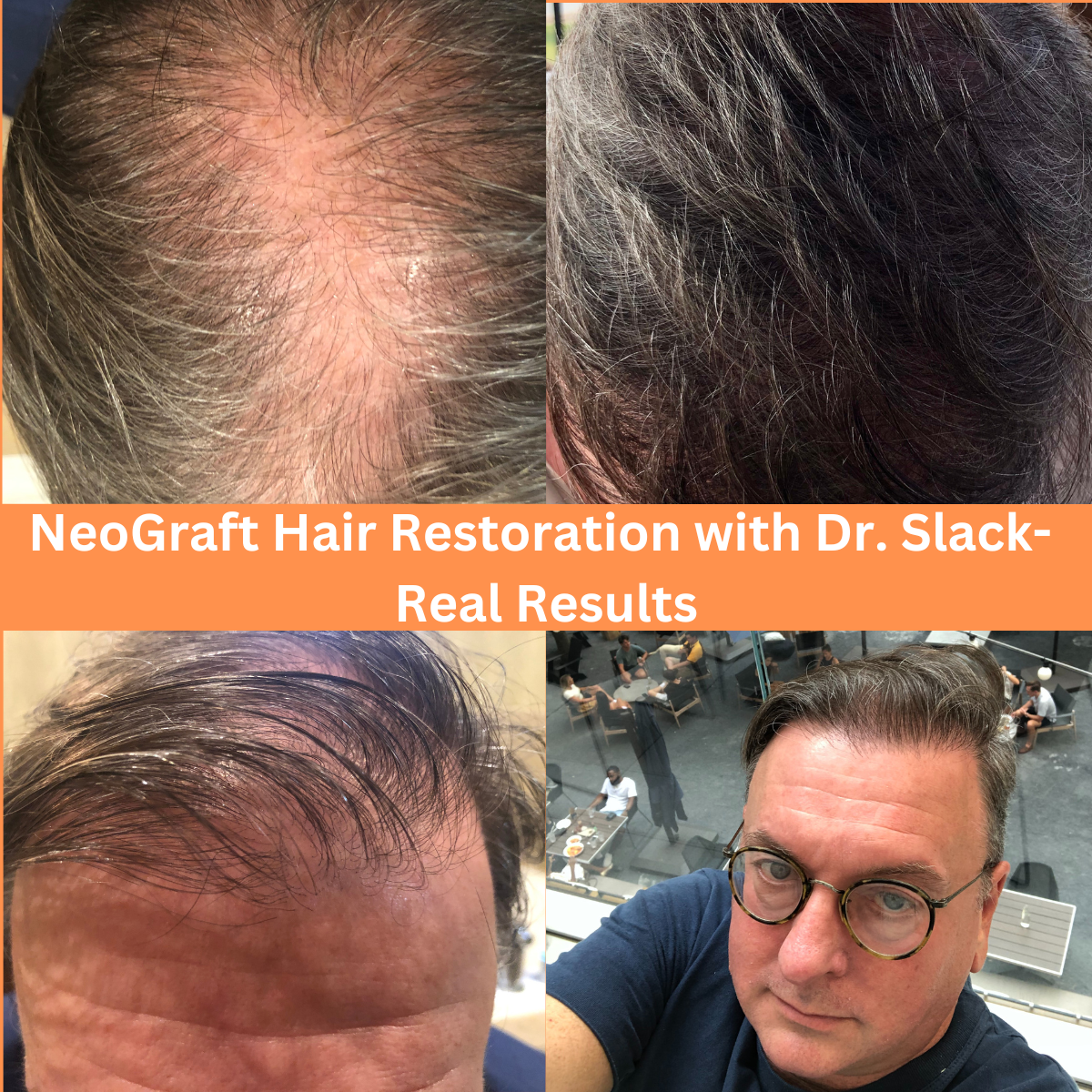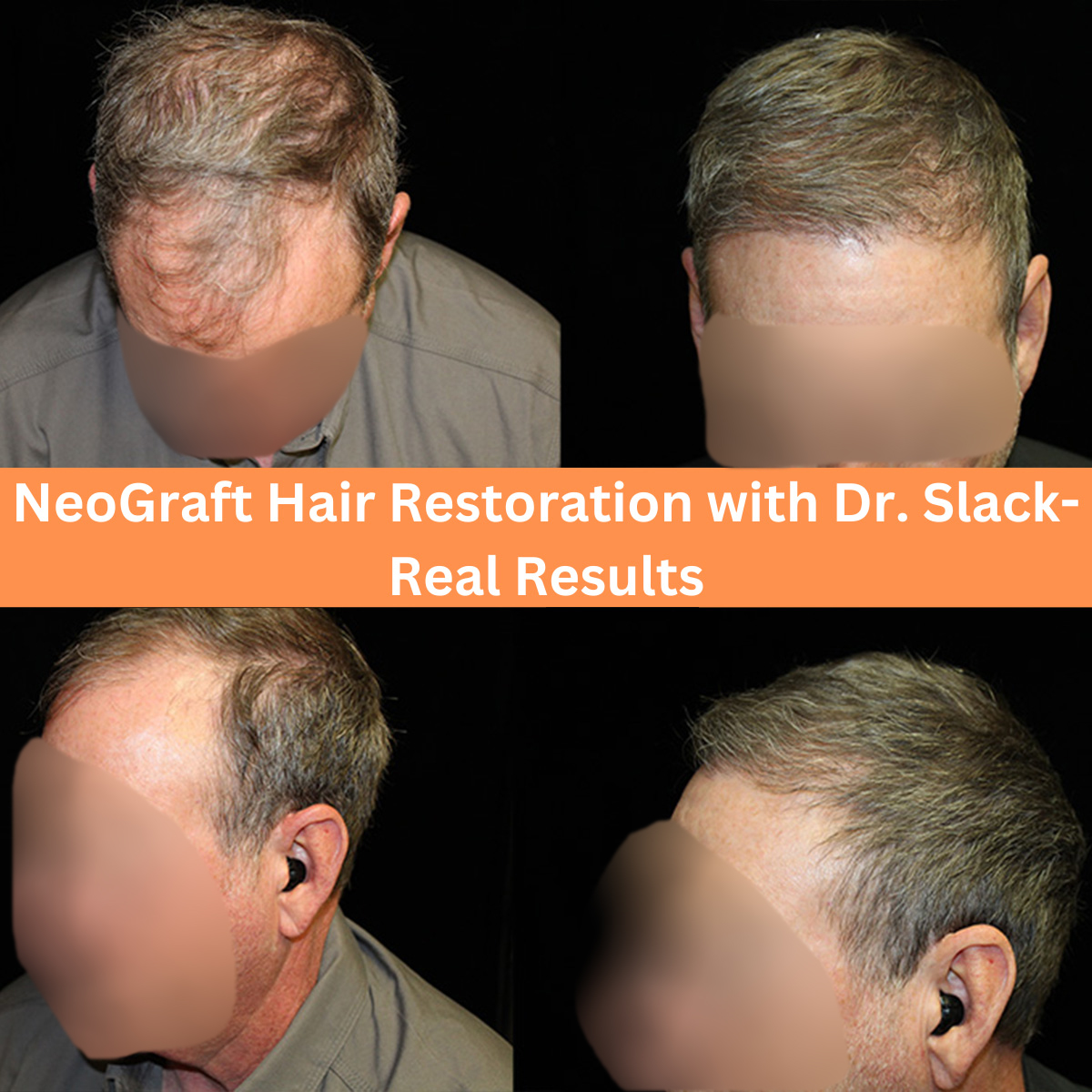Hair loss can be a frustrating problem for both men and women of any age. It can affect our confidence, self-esteem, and overall well-being. Fortunately, hair restoration procedures have come a long way in recent years and offer hope to those dealing with hair loss. If you are thinking about pursuing a hair restoration procedure such as a hair transplant, you may have questions. In this blog post, weÔÇÖll answer some of the most frequently asked questions about hair restoration, so you can make an informed decision.
The results of hair restoration procedures are not immediate. Hair growth is a slow process, and it can take several months for the transplanted hairs to grow in. It is common to see some shedding of the transplanted hairs in the first few weeks after the procedure. However, after this initial shedding, the hairs will begin to grow in over the next several months. Full results may not be seen for up to a year after the procedure.
The ideal candidate for hair restoration is someone who has healthy hair growth in areas of the scalp that are not affected by hair loss and wants to restore a more youthful hairline or add volume to thinning hair. Candidates need to have a stable donor area with plenty of hair follicles to harvest for transplantation. Individuals with certain medical conditions, such as autoimmune diseases or blood clotting disorders, may not be good candidates for hair restoration.
There are two main types of hair transplants: follicular unit transplantation (FUT) and follicular unit extraction (FUE). In FUT, a strip of scalp is removed from the back of the head, and the hair follicles are then extracted from the strip and transplanted to the scalp. This technique can be more cost-effective, but it results in a linear scar on the back of the head. FUE, on the other hand, involves individually extracting hair follicles from the scalp and transplanting them to the balding area. This method typically results in less scarring and a faster recovery time.
Hair transplants involve taking hair from an area of your scalp with healthy hair and transplanting it to areas where hair has become thin or nonexistent. The hairs are typically harvested from the back or sides of the scalp, where hair is typically more resistant to hair loss. The transplanted hairs will then grow naturally over time, blending in with the surrounding hair.
If you are considering a hair restoration procedure, it is important to do your research and speak with a qualified professional. Understanding the process of hair restoration and what to expect during and after the procedure can help you make an informed decision and achieve the results you are hoping for. Overall, hair restoration can be a safe and effective way to restore your confidence and improve your quality of life.


